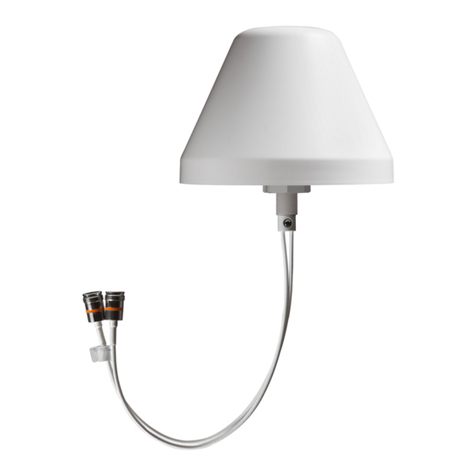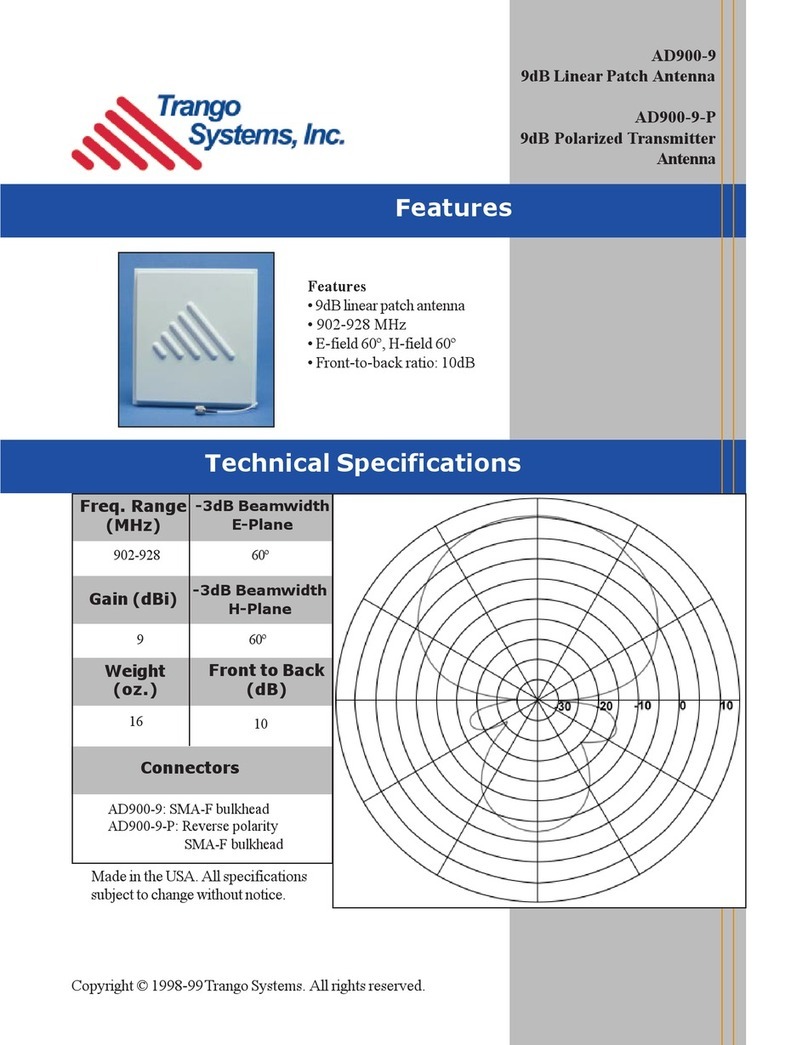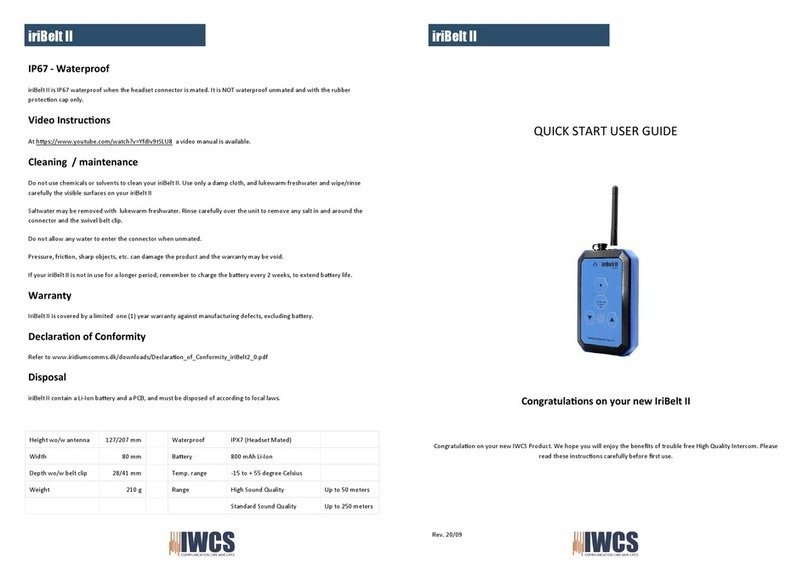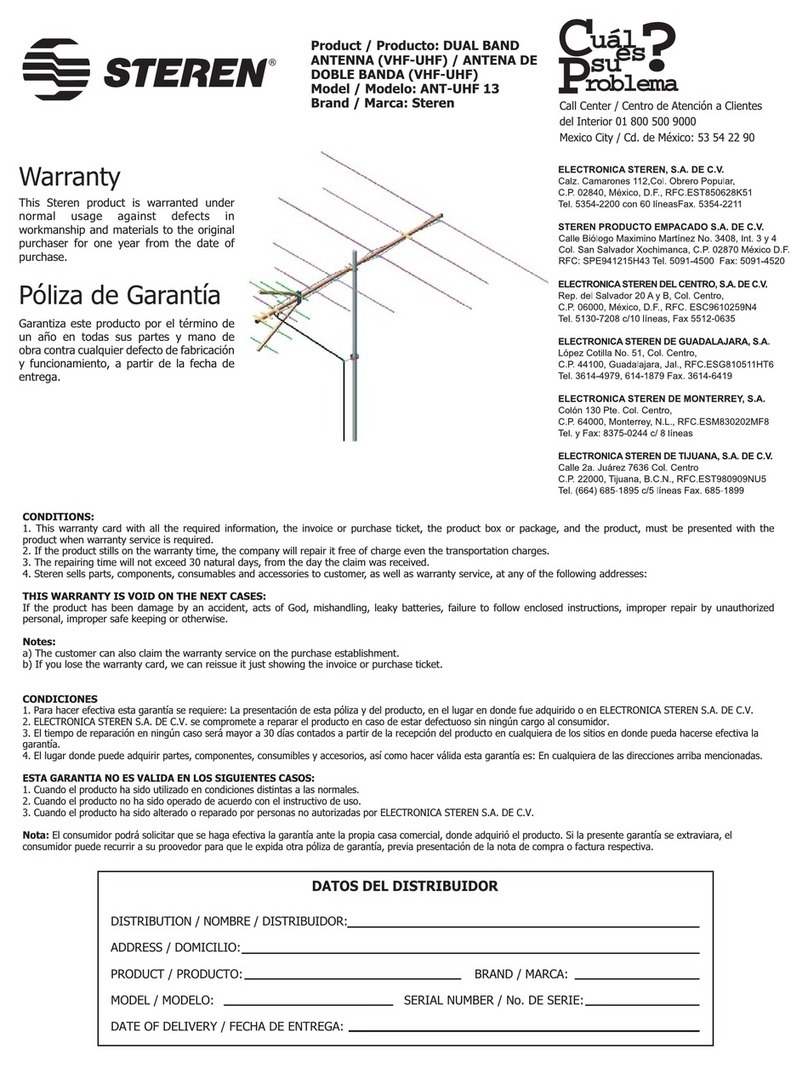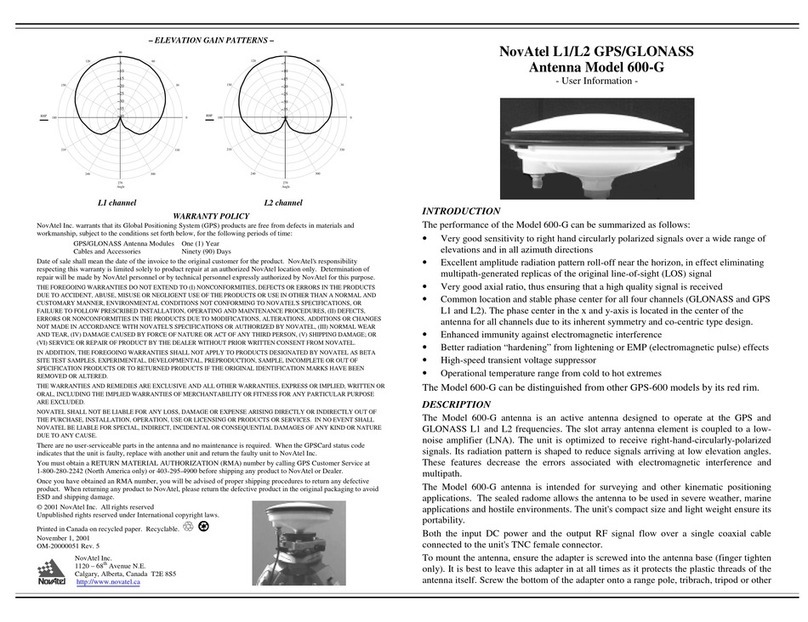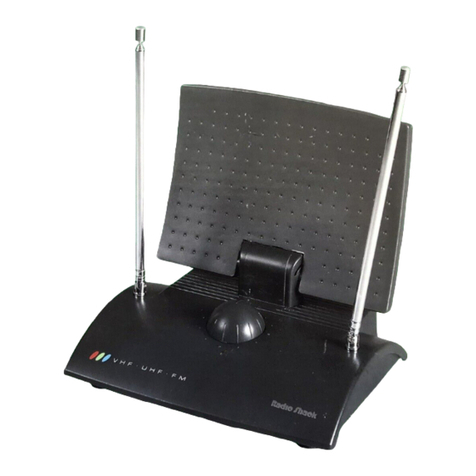
2 MN.00356.E - 003
5.6.1 SINGLE ODU ..........................................................................................20
5.6.2 Dual ODUs and SP antenna ......................................................................20
5.6.3 Dual ODUs, 2 hybrid and DP antenna.........................................................21
5.6.4 Dual ODUs and DP antenna ......................................................................21
5.7 RADIO FUNCTIONALITIES..................................................................................22
5.7.1 ACM......................................................................................................23
5.7.2 RF band/High Power versions ...................................................................24
5.8 ETHERNET FUNCTIONALITIES ............................................................................24
5.8.1 Ingress port rate limiting (Storm control) ...................................................25
5.8.2 Ingress VLAN manipulation ......................................................................25
5.8.3 Service Instance mapping ........................................................................25
5.8.4 Classification criteria ...............................................................................26
5.8.5 Ingress Filter Policing ..............................................................................26
5.8.6 Queues and Congestion avoidance methods ...............................................27
5.8.7 Scheduling.............................................................................................27
5.8.8 Egress Shaping.......................................................................................28
5.8.9 Egress Manipulation ................................................................................28
5.9 SECURITY........................................................................................................28
5.10 MANAGEMENT ..................................................................................................29
5.11 LICENSE KEY ...................................................................................................29
6 TECHNICAL SPECIFICATION ....................................................................................30
6.1 ADAPTIVE MODULATION....................................................................................30
6.2 LINE INTERFACE CHARACTERISTICS ...................................................................30
6.2.1 Ethernet electrical interface characteristics .................................................31
6.2.2 Ethernet optical interface characteristics ....................................................34
6.3 LOOPS ............................................................................................................35
6.4 POWER SUPPLY AND CABLE ...............................................................................36
6.5 PHYSICAL DIMENSIONS ....................................................................................36
6.6 SURGE AND LIGHTNING PROTECTION .................................................................38
6.7 ENVIRONMENTAL CONDITIONS ..........................................................................38
Section 3.
INSTALLATION 39
7 INSTALLATION OF ALFOplus2..................................................................................39
7.1 GENERAL INFORMATION TO BE READ BEFORE THE INSTALLATION..........................39
7.2 GENERAL.........................................................................................................40
7.3 ELECTRICAL WIRING.........................................................................................40
7.4 CONNECTIONS TO THE SUPPLY MAINS ................................................................40
7.5 GROUNDING CONNECTION ................................................................................41
7.5.1 Mounting instruction of grounding cable KIT ICD00072F (Universal, No tools) .41
7.6 REQUIRED TOOLS FOR MOUNTING (NOT SUPPLIED) .............................................43
7.7 INSTALLATION PROCEDURE ...............................................................................43
7.8 ODU ASSEMBLING ............................................................................................43
7.9 ODU INSTALLATION – SINGLE RECTANGULAR OUTPUT FLANGE ..............................45
7.10 ODU INSTALLATION – OMT OUTPUT FLANGE ........................................................46
7.11 ODU INSTALLATION – DUAL OUTPUT FLANGE ......................................................48
7.12 USER CONNECTORS..........................................................................................53






